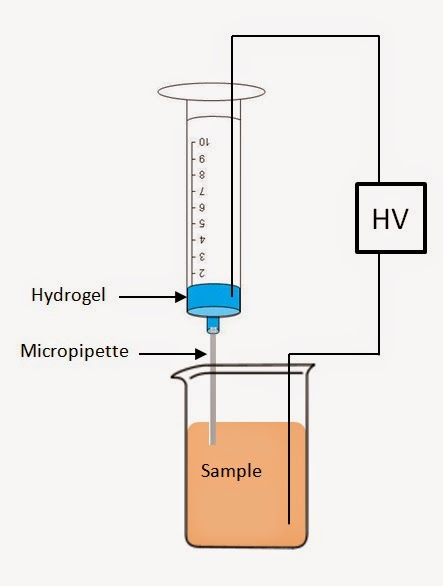Non-supported electrodriven liquid microextraction

Today, we focus the attention on an interesting article recently published in Journal of Chromatography A by researchers from the University of Tasmania at Australia. As our readers well known, electrodriven liquid microextraction techniques present a high efficiency for the extraction of charged analytes. In those techniques, the analytes migrate from the sample to the acceptor phase as a consequence of the voltage gradient established between both phases. In the off-line modes, the involved phases are often physically separated by an organic phase or a polymeric membrane impregnated with an appropriate organic solvent. Our colleagues have proposed a novel configuration that permits the development of the extraction procedure without any physical barrier between phases (1). The device consists of a 20 µL micropipette (a microtube with length of 6.4 cm and inner diameter of 0.3 mm) where the acceptor phase is located. The upper part of the microtube is introduced into a syringe th

